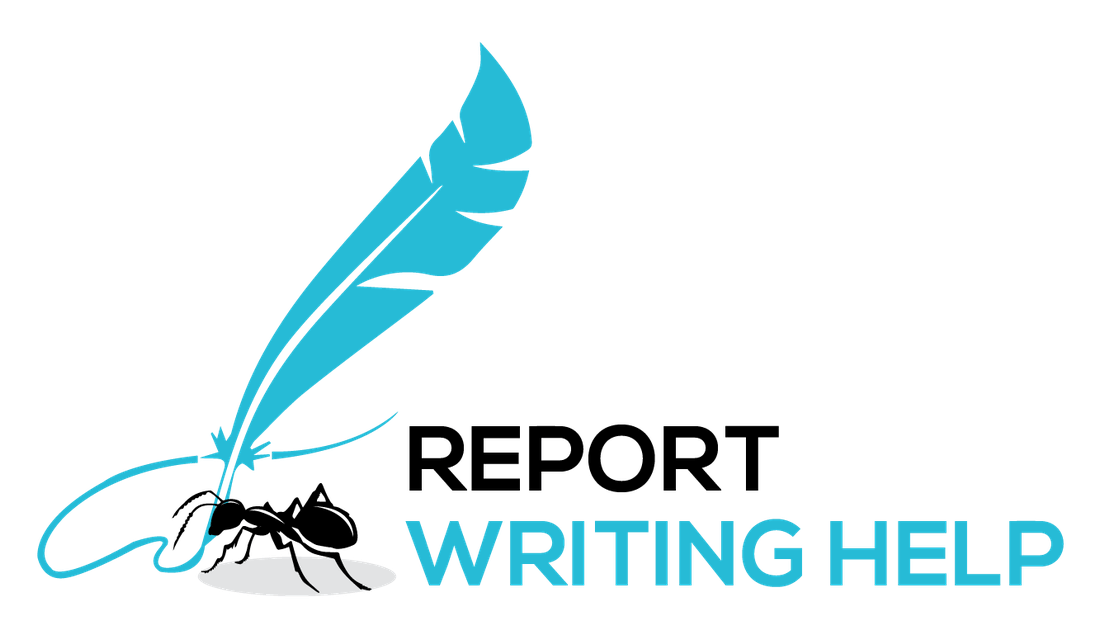
Effortless Routine Report Writing Help for Achieving Perfection!
Staring at a blank page, wishing you were doing literally anything else? Relax! We'll take the tedious out of technical writing, helping you craft a copy that's clear, concise, and gets straight to the point. No more struggling for words or spending hours over routine report examples online – just pure writing satisfaction!
Transform Your Reports with Professional Writing Assistance:
Conquer your courses and boost your grades with Report Writing Help! We’re not just another service provider – we’re your academic allies, ready to unleash our research skills and writing magic to help you ace your assignments. Let’s seize that A now!


Constant Care: Need assistance at any hour? Our 24/7 support team is always a message away, ready to answer your questions and assist you through any challenge.
Secure Services: Your privacy is locked down tighter than a bank vault. Our rock-solid NDA policy and advanced SSL encryption are like an enchanted shield, protecting your information and keeping your academic journey confidential.
Cost-effective Help: Get premium quality without the premium price. Our affordable rates are designed with students in mind, meaning you get top-quality assistance without feeling the financial pinch.
Edit Excellence: Perfection is our promise. That's why we offer unlimited free revisions to ensure your paper is flawless – every sentence sharp and every argument on point.
15+ Years of Academic Excellence!
Have a look at our badges of honour that echoes our prowess!
750+
Assignment Experts
9000+
Successful Projects
99.9%
Customer Satisfaction

Struggling with your Assignments? Work Smart, Not Hard! Achieve A+ Reports with Our Skilled Writing Team!
Experience Firsthand Why Top Students Rely on Us to Ace in Class
Refine Your Papers with UK’s Top Routine Report Writing Services!
Feeling like routine reports are more of a chore than a chance to shine? We get it– a data-filled sheet can be the opposite of exciting. But guess what? ReportWritingHelp is here to turn your frown upside down! Forget about those dull sample progress reports. With our personalised assistance, we’ll help you organise your data like a boss, transform it into compelling insights, and polish your writing until it shines bright. Why hesitate then? Ditch all-nighters and achieve report-writing perfection without the stress!
Struggling with Time Management?
Are your deadlines piling up, making it feel impossible to manage all your assignments and personal commitments? It’s understandable! Time management can be one of the most challenging aspects of academic life, especially when it comes to routine reports. The constant pressure to meet deadlines often leaves little room for careful planning and thorough research, resulting in rushed and lower-quality work.
But fear not! With us, you don't have to face this struggle alone. Our professional writers can take over writing tasks, allowing you to focus on other important areas of your life. Rest assured, they’re experts at working efficiently under pressure, ensuring every report is well-researched, properly structured, and polished to perfection. So, why wait? By entrusting us with your assignments, you can be confident they will be completed on time and to the highest academic standards!
Overwhelmed by Research?
Ever feel lost in a sea of research materials, unsure where to start or how to find credible sources? Frustrating, isn’t it? Conducting thorough research can be incredibly daunting, especially when you're not familiar with the best resources or techniques for gathering relevant information. The result? Prompting many to look online for written progress report samples to get it over with, but with no luck!
That’s where we step in! Our proficient researchers have access to an extensive library of academic papers and scholarly resources. They’ll sort through large volumes of data to extract the most pertinent information, ensuring your report is authoritative and insightful. You can relax knowing we’re committed to providing you with content that is both accurate and comprehensive. So, what’s there to worry about? Let us take the research burden off your shoulders, so you can focus on understanding and presenting the content without feeling overwhelmed!
Difficulty in Structuring Your Report?
Do you struggle to structure your routine report coherently and logically? We know exactly how you feel! A well-organised report is essential for clear communication and effective argumentation, but it can be challenging to structure your ideas & findings in a way that makes complete sense. But, wait, don’t panic! You’ve us backing you up from start to finish!
Our expert writers know how to create detailed outlines and structured reports that flow logically from one section to the next. They will help you organise your thoughts and data into a cohesive narrative, making your arguments compelling and easy to follow. From a clear introduction and well-developed body paragraphs to a strong conclusion – we’ll take care of everything. So, why resort to a progress report writing sample when you’ve us? By partnering with us, you can ensure your paper has a clear, professional structure that meets academic standards!
Uncertain About Writing Style and Tone?
Are you finding it challenging to maintain the appropriate writing style and tone for your routine reports? We hear you! Academic writing requires a specific style that is formal, precise, and free of casual expressions. But, let’s be honest, maintaining this style consistently throughout your report can be tough, especially if you're not confident in your writing abilities.
However, not anymore! We have a team of skilled writers adept at academic writing conventions and can ensure that your report adheres to the required style and tone. They’ll help you craft a report that is polished, professional, and suited to your academic level. Rest easy knowing they’ll follow all the necessary conventions to ensure that the tone of your report remains consistent throughout the very end. So, what’s the delay for? With us in your corner, you can be confident your work will be informative, well-organised, and stylistically impeccable!
Struggling with Grammar and Syntax?
Do grammatical errors and awkward sentence structures often get you marked down? We understand. Good grammar and syntax are essential for producing a high-quality report, but even small mistakes can detract from your overall grade. That’s why you need to lean on us for solid support!
Our team includes expert editors who will review your report for any grammatical and syntactical errors –both manually and through advanced tools– ensuring it is free of any mistakes. Rest assured, they’ll polish your writing to perfection, guaranteeing your ideas are communicated coherently and effectively. So, why struggle alone then? Ditch progress report samples and get your very own custom solution today! With our expert touch, you’ll submit a report that stands out to your professors for its precision and attention to detail!
Language Barriers and ESL Challenges?
Are you an ESL (English as a Second Language) student facing challenges with your language proficiency? We recognise your struggles. Writing a report in a non-native language can be particularly tough, affecting the clarity and coherence of your work. But, not anymore! We bring in a team of native English-speaking writers with strong academic backgrounds to lend you a helping hand.
Our writers are experienced in working with ESL students and understand the unique challenges they face. They’ll help you articulate your ideas clearly and effectively, ensuring that language barriers do not hinder your academic success. From grammar to structuring issues, we’ll handle every aspect – ensuring you don’t fall behind your native peers. So, if you are searching for a thesis progress report example or others, stop right now! Trust us to craft you a masterpiece and help you succeed in your studies regardless of your language proficiency.
Don’t Wait, Elevate – Place Your Order Today for Success!
Ready to soar to new academic heights? Let us navigate the complexities of your assignments while you focus on what truly matters—learning and growth. Order now to make your papers shine and your efforts pay off!
Get Started Easily:
Place your order in minutes. Visit our website and complete the easy-to-use order form. Or connect on your own terms - live chat with our friendly Chabot, WhatsApp for on-the-go updates, or good old-fashioned email. We're here whenever you need us to get you going.
Free Quote, No Pressure:
Share the specifics of your report assignment with us. Tell us about the subject, your deadline, and any special instructions you have. With this information, we'll analyze your needs and offer you a personalized, no-obligation quote.
Claim Your Success:
Feeling confident? Lock in your order with a secure 50% upfront payment. We'll then match you with an expert specializing in your subject area with whom you’ll be in direct contact throughout the process. Ask questions, share ideas, and work together to craft a masterpiece worthy of an A+.

Meet Our Best Report Writers

Johnathan
Ph. D. in Psychology
With a Ph.D. in psychology and a passion for groundbreaking research, Smith has been helping people and students alike to understand the secrets of the mind for 20+ years.
Explore Our Relevant Report Services Across Various Subjects
Are you juggling too many subjects, and your report assignments are just adding to the chaos? No issue! #1 Report writing services cover various subjects, from science and business to arts and humanities. We’ve got experts ready to tackle any topic or type you throw at us – be it proposal report writing or any other kind – ensuring your reports are spot-on, engaging, and tailored to your needs. Let us handle the heavy lifting while you focus on what truly matters!


